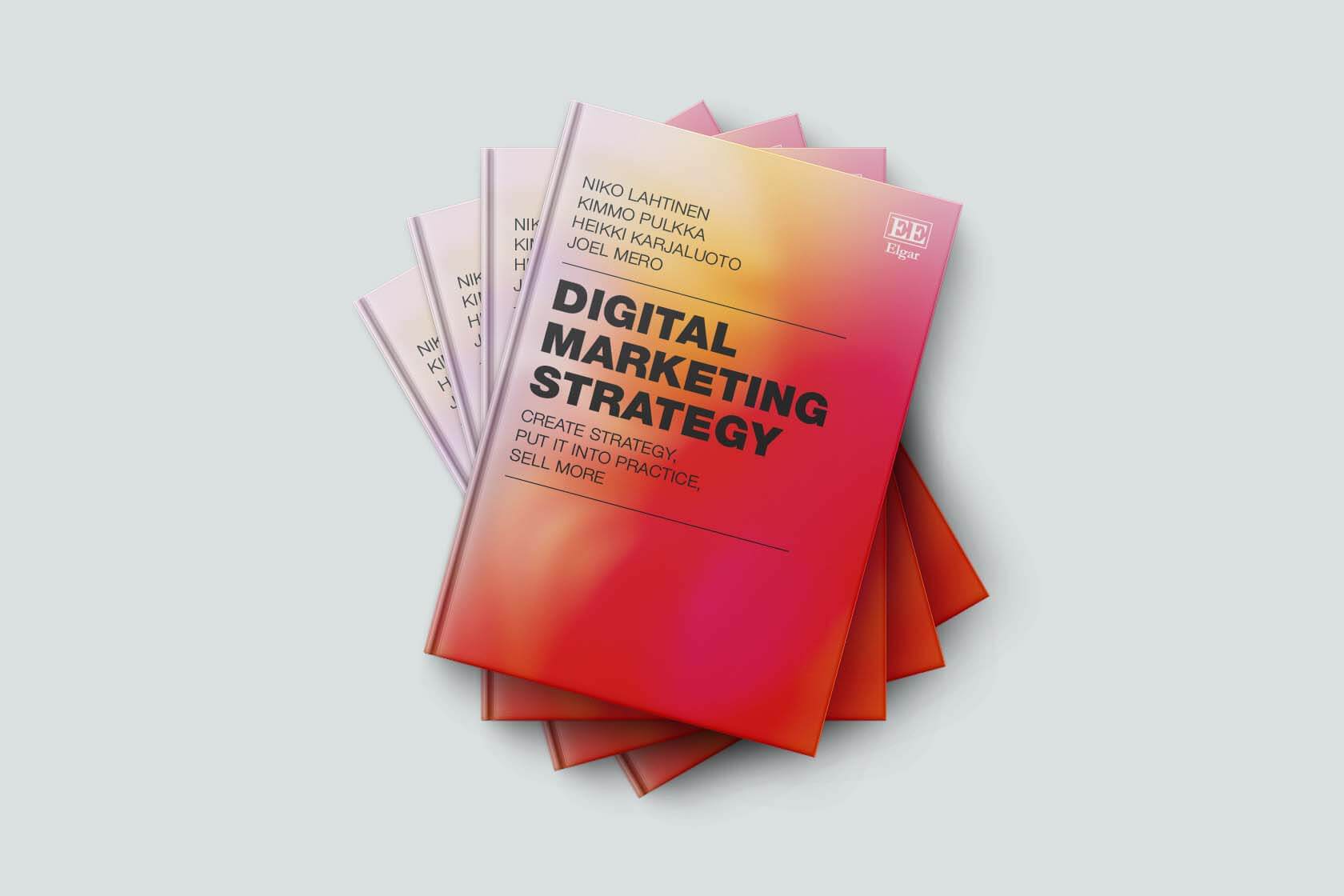Often when talking about building a brand, the first thing that comes to mind is a big and expensive project, after which the “new” brand is ready. After all Pepsi made that mistake with its new logo 2008.
How can smaller companies even be able to afford their brand renewal or create something new if the company is just starting?
Let’s fix the wrong perceptions about the brand and how to build it first, and you’ll understand.
What is a brand?
First, let’s go through a few assumptions that people often get when talking about a brand.
So, what isn’t a brand?
The brand is not your company logo. It is often thought that creating a logo, for example, is branding, but this is not the case. Rather, you should think of the logo as a business card for your business, as it is an element that your customers often remember you from. In this way, the logo can be a very useful tool for the company, but it does not create a brand itself.
The brand is also not a product.
It is often said that you buy a particular brand when you buy clothes from Nike, Adidas or another similar company. However, this gives a slightly wrong impression, because it is only a product. Of course, a product can make it easier to create a particular type of brand, but in itself it’s not a brand.
Brand is a summary of everything you do.
“A brand is a person’s gut feeling about a product, service or organization.” — Marty Neumeier
So a brand means what kind of perception or image your customer has of your business even before they spend more time with it. It’s a certain reflection of everything you do and did before.
It’s also what other people talk about when you’re not in the same room yourself. Your company’s reputation.
So you can probably already imagine the importance the brand will have on your business, but let’s go over a few benefits next, which you can achieve with the brand.
Benefits of branding
When you build the right brand for real customers, it will automatically come with a few benefits. Let’s go over the top five benefits.
- attracting the interest of customers who are important to you
With the brand, you will be able to target your business to address customers that are important to you. - your marketing is stepping up
When you create a strong brand, you stand out from your competitors and thus your marketing also gets more efficient.
In addition, you are interested in customers who are important to you and are able to target the right people in your marketing. - buying is going to get easier
Once your brand is known, people will have a lower threshold to buy from you, as they probably know you at least somehow. And people tend to buy familiar and safe rather than try completely new things. - you can ask for a higher price
The most economically significant benefit of branding is that you are able to ask for a higher price. If you don’t believe this, look for examples around the world. How do you think that for almost the same white t-shirt, one company can ask for 10 euros and the other 100 euros? - you are going to increase the value of the company
When you build a well-known brand, your business also grows in value, and only because your customers know you. This is because, for the first time, they can think of needing a product, consider getting it from your company, because they know they can get it from you at all.
How do you effectively build your brand?
In order to achieve the above benefits, you shouldn’t start scaring off how to build your brand, but set yourself clear directional signs where you want your brand to develop.
The digital brand strategy helps with this thinking and you can read more about its process on our blog: What is a digital brand strategy?
To borrow that process, let’s go through the first steps you take when you start building your brand.
Study and define
Do you know what your clients really want, or do you think you know what they want?
Never assume you know what your customers want, especially if you’re a professional in the industry. Your customers may not have the same know-how as you, and they may have completely different needs and desires, for example with regard to the product.
For this, it would be good to define your core audience, but also a few buyer personalities and consider, what kind of barriers to buying they might face.
You’re also probably not the only company offering similar products or services, meaning you have competitors. So be sure to explore what your competitors are doing well and think about where you want to put your own business in relation to them. Professional competitor analysis highlights the points that other companies do well and what you can learn from them.
Strategy and story
Once you know who you exist for and who your competitors are, you can start thinking about the reason your business and brand exists.
This strategy and story is meant to help define goals for your business to pursue through your brand.
Here are some helping questions that make it easier to understand that whole:
- What do we do and how?
In concrete terms, what are you and what you are doing – e.g. “we are a company that produces nature experiences and valuable mindfullness moments for customers”. - Who is it for?
Your main target group – note, here “women between the age of 30 and 65” is too broad. Instead, try “women over the age of 30 who want to detach themselves from their 9 to 5 jobs for a while, and who value ecological values.” - What are our values?
What kind of values do you hold? How do you want to behave as a company and as individuals? You often find that many companies value the same things, which is why it’s worth taking the time to define values. Read more about the values of SDM. - What is our personality?
This has the greatest impact on how you communicate yourself to the rest of the world. Are you accessible, knowledgeable, playful…? Your tone also influences this. - What sets us apart?
Where do you put yourself compared to your competitors? What makes the client choose you? - What are we here for?
What problem are you supposed to solve? Why does it matter? What are we going to do about it? What do we want other people to do? Usually an emotional and brief statement. - Set our goal
A long-term goal to which all of the above things should guide you.
Once you’ve thought about the above, you’ll be able to plan everything you’ve done to guide your brand toward those goals. It sounds quite simple, but practice determines the results.
How do I put my plan into practice?
Well designed is half done, so how do I put everything I’ve planned in to action?
Visuality
In this case, your brand look should inspire the desired imagery and strengthen your company’s message from the very beginning. If the look does not match the desired images, the customer might leave as soon as they arrive on your website and no longer return.
It should also create a clearly recognisable look for your brand in the long run, so that people know as soon as they see your ad, for example, that this must be your company’s ad.
You can read about the importance and benefits of a unified brand look on our blog: Why is it important that your digital brand look is a recognizable entity?
Tone-of-voice
The tone and content type of your communication should be appropriate for your target audience. You can’t write like engineers if your goal is to be witty, funny and insightful.
You can read more about the company’s tone in our copywriter’s blog post: Tone of voice – your company’s tone determines who wants to collaborate with you
Customer experience
How does your customer experience dealing with your business? Does he get the desired feelings about your actions?
This is most influenced by the self-making. How does your business work and, for example, what kind of customer service do you provide? Does the customer get the feeling he can trust you?
Read our blog What is a reliable brand and how to build one? what you need to consider when developing the reliability of your brand.
Advertising and marketing
Once you’ve created a brand look for your business and know what kind of tone you have, you can involve that to your advertising.
Make sure that your promotional messages maintain a similar tone and that your ads look just like your business.
Summary
Now we’ve gone through the basics of building a brand and how you can effectively start developing your brand in the direction you want. If you feel like there was a lot of text, you can always go back to this blog and check out what you should do next.
Keep in mind that brand building is not a sprint, it’s a marathon, and that a brand is a whole that consists of everything you do. It’s your customers’ impression of your business or product, not what you say it is.










